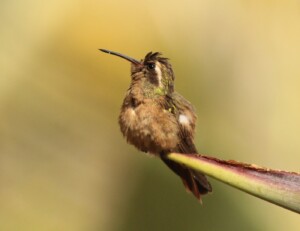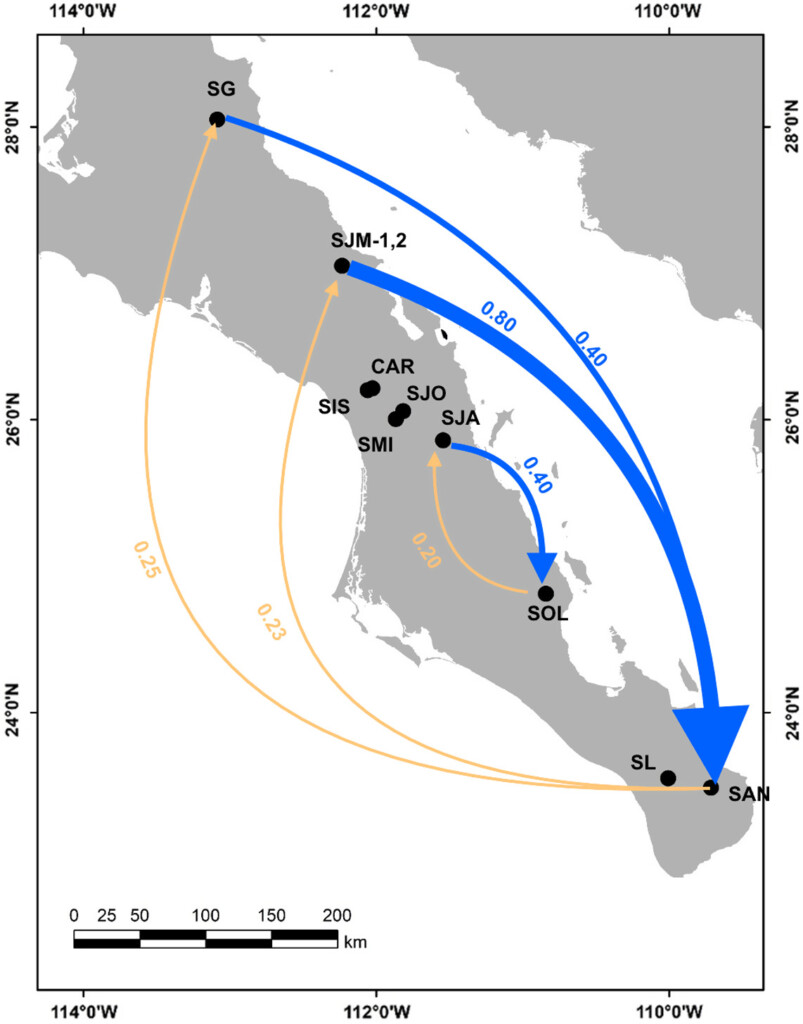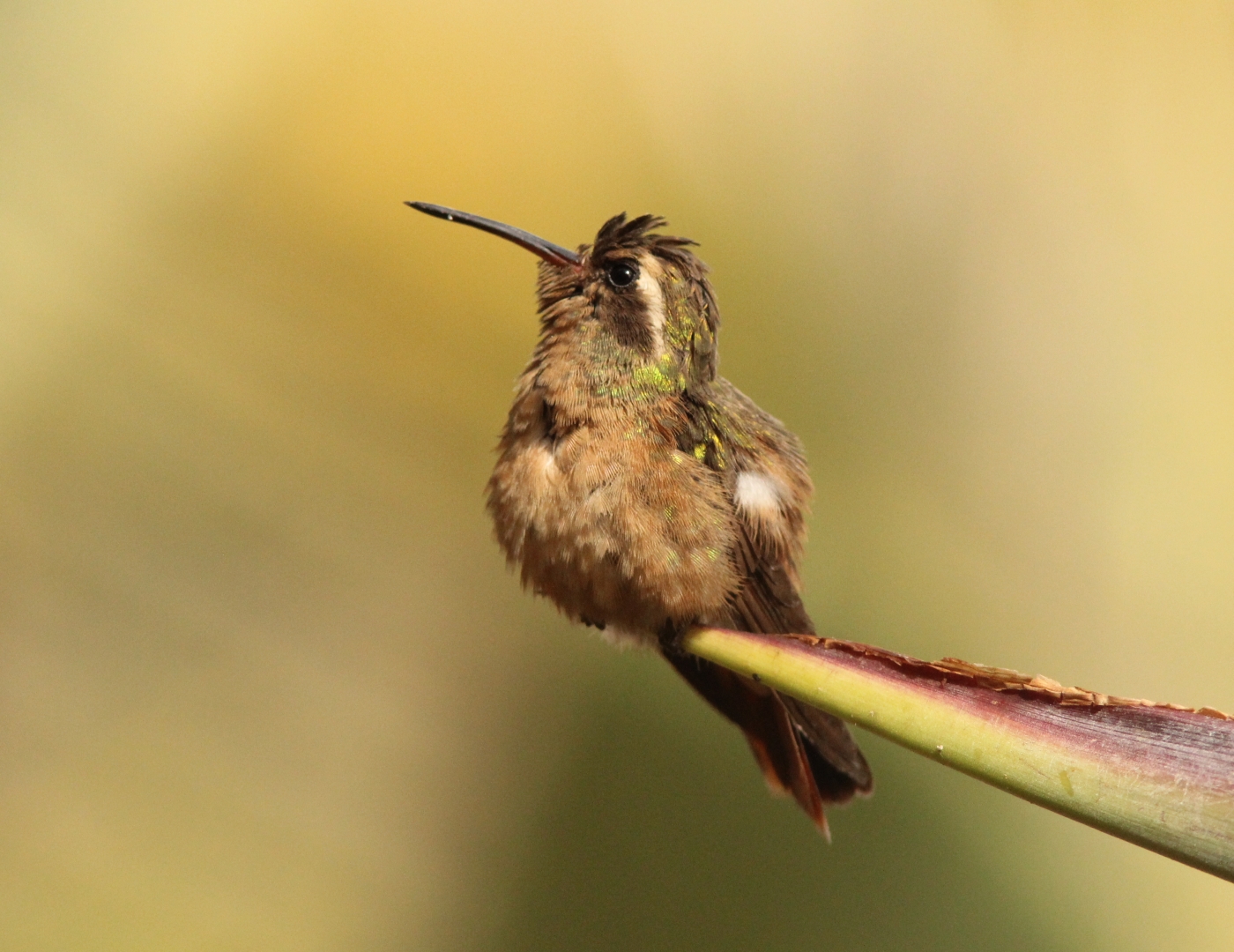
LINKED PAPER
Contemporary genetic structure of Xantus’s Hummingbird (Basilinna xantusii) in the Baja California peninsula. García‐De León, F. J., Rodríguez‐Estrella, R., Mendoza‐Portillo, V., Morales‐Flores, G., & Jiménez‐Guevara, C. D. 2023. IBIS. DOI: 10.1111/ibi.13126. VIEW
Ornithologists study the movement of birds with direct methods, such as geolocators or ringing data. But other – more indirect – approaches can also lead to important insights (Harrison et al. 2014). A recent Ibis-study on the Xantus’s Hummingbird (Basilinna xantusii) provides a nice example how genetic information can be used to infer movement patterns. A team of Mexican researchers collected 100 individuals across the Baja California peninsula. Analyses of their genetic make-up revealed some interesting differences between males and females.
Gene flow
A set of 16 microsatellites – a specific type of nuclear marker – pointed to five genetic clusters across the Baja California peninsula. Gene flow between these clusters mainly occurred from north to south, along the distribution of the species. A closer look at the gene flow patterns showed that females were more dispersive than males. Female-biased dispersal is quite common in birds (Greenwood 1980, Clarke et al. 1997), but information on this phenomenon was currently lacking in hummingbirds. Hence, the genetic approach did not only provide new insights into the behaviour of Xantus’s Hummingbird, but also for hummingbirds is general.

Figure 1. Genetic analyses of Xantus’s Hummingbird revealed gene flow from north to south across the Baja California peninsula.
Precipitation
But why are female hummingbirds dispersing from north to south? Spatial analyses of the gene flow patterns indicated that females mostly moved during wet periods in the colder months of the year. The importance of precipitation suggests that female dispersal might be connected to flower phenology (López-Segoviano et al. 2018), but more research is needed to confirm this explanation. In general, it seems that females are moving from dry habitats in the north to more humid ones on the south where they consequently interbreed with local males. The result is female-mediated gene flow from north to south across the Baja California peninsula. Small birds transferring genetic material across hundreds of kilometres.
References
Clarke, A.L., Saether, B.E. & Roskaft, E. (1997). Sex biases in avian dispersal: a reappraisal. Oikos 79: 429–438. VIEW
Greenwood, P.J. (1980). Mating systems, philopatry and dispersal in birds and mammals. Animal Behaviour 28: 1140–1162. VIEW
Harrison, X.A., York, J.E. & Young, A.J. (2014). Population genetic structure and direct observations reveal sex-reversed patterns of dispersal in a cooperative bird. Molecular Ecology 23: 5740–5755. VIEW
López-Segoviano, G., Arenas-Navarro, M., Vega, E. & del Coro Arizmendi, M. (2018). Hummingbird migration and flowering synchrony in the temperate forests of northwestern Mexico. PeerJ 6: e5131. VIEW
Image credits
Top right: Xantus’s Hummingbird (Basilinna xantusii) | Caleb Putnam | CC BY-SA 2.0 Wikimedia Commons
Blog posts express the views of the individual author(s) and not those of the BOU.
If you want to write about your research in #theBOUblog, then please see here





